at operating temperature TJ
= 25°C, VIN = VOUT(NOM) + 1.0 V or 2.5 V (whichever is
greater), IOUT = 1 mA, ON/OFF pin tied to
VIN, CIN = 1.0 µF, and COUT = 4.7 µF (unless
otherwise noted)
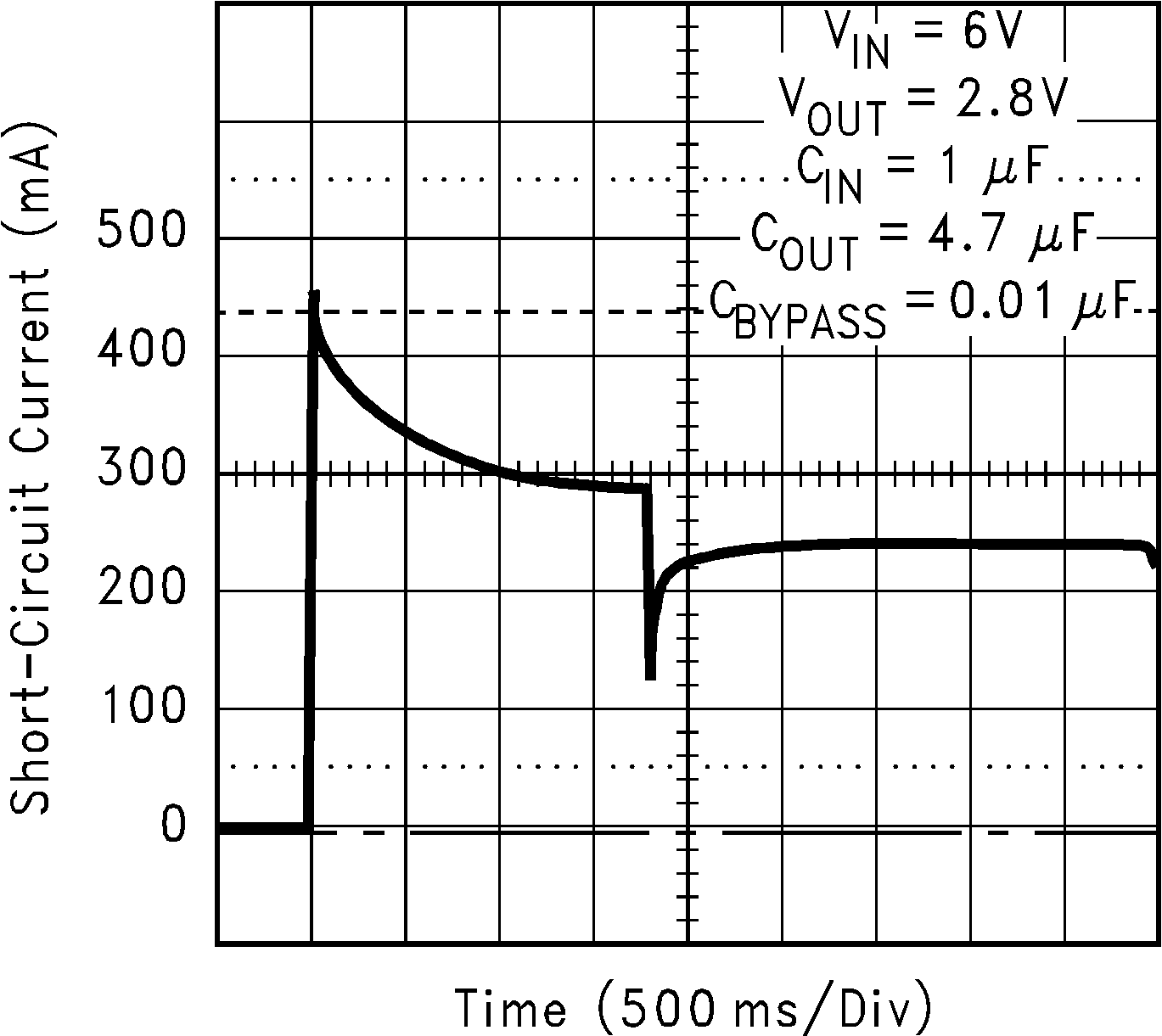 Figure 8-3 Short-Circuit Current for Legacy Chip at VIN = 6 V
Figure 8-3 Short-Circuit Current for Legacy Chip at VIN = 6 V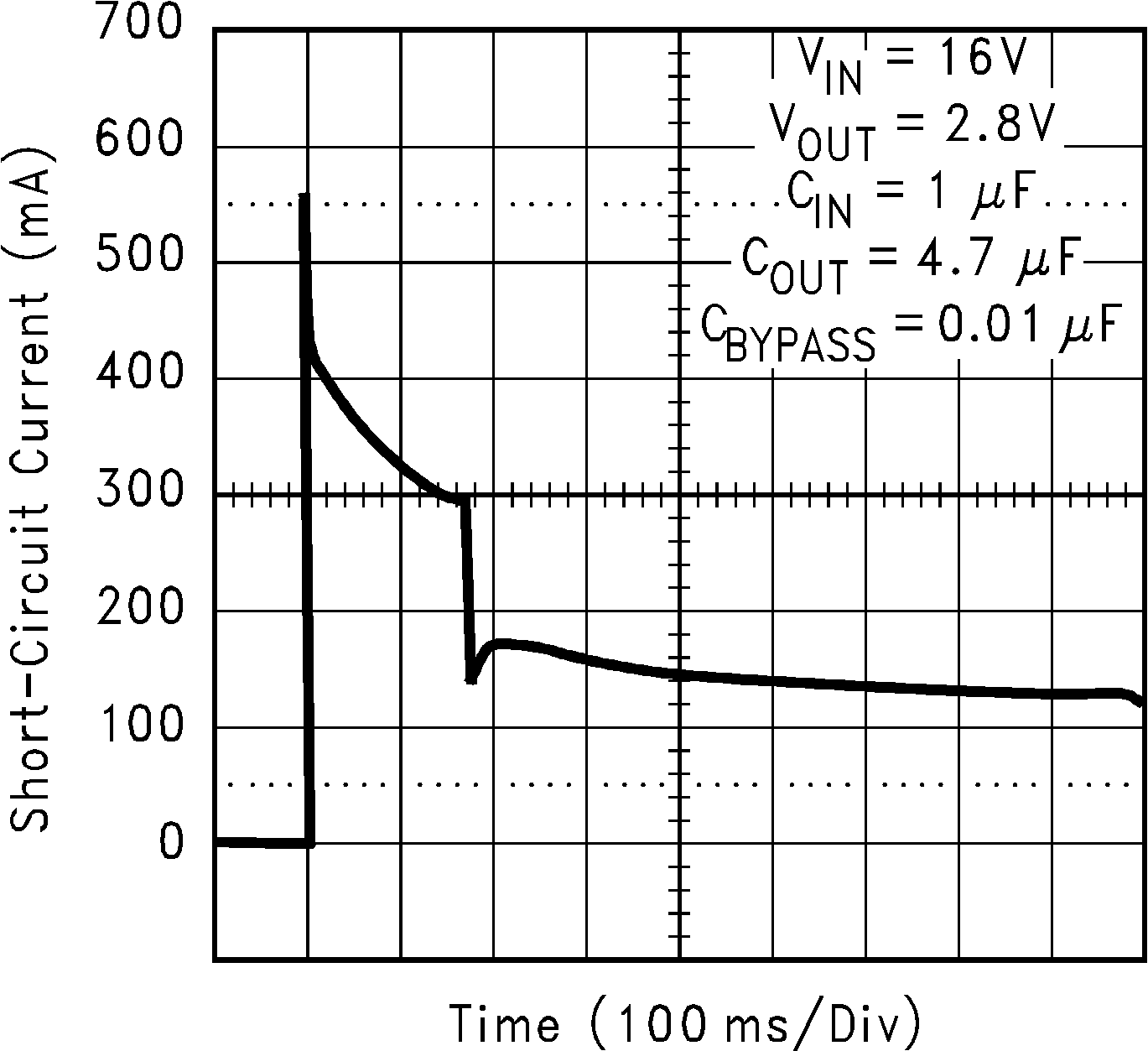 Figure 8-5 Short-Circuit Current for Legacy Chip at VIN = 16 V
Figure 8-5 Short-Circuit Current for Legacy Chip at VIN = 16 V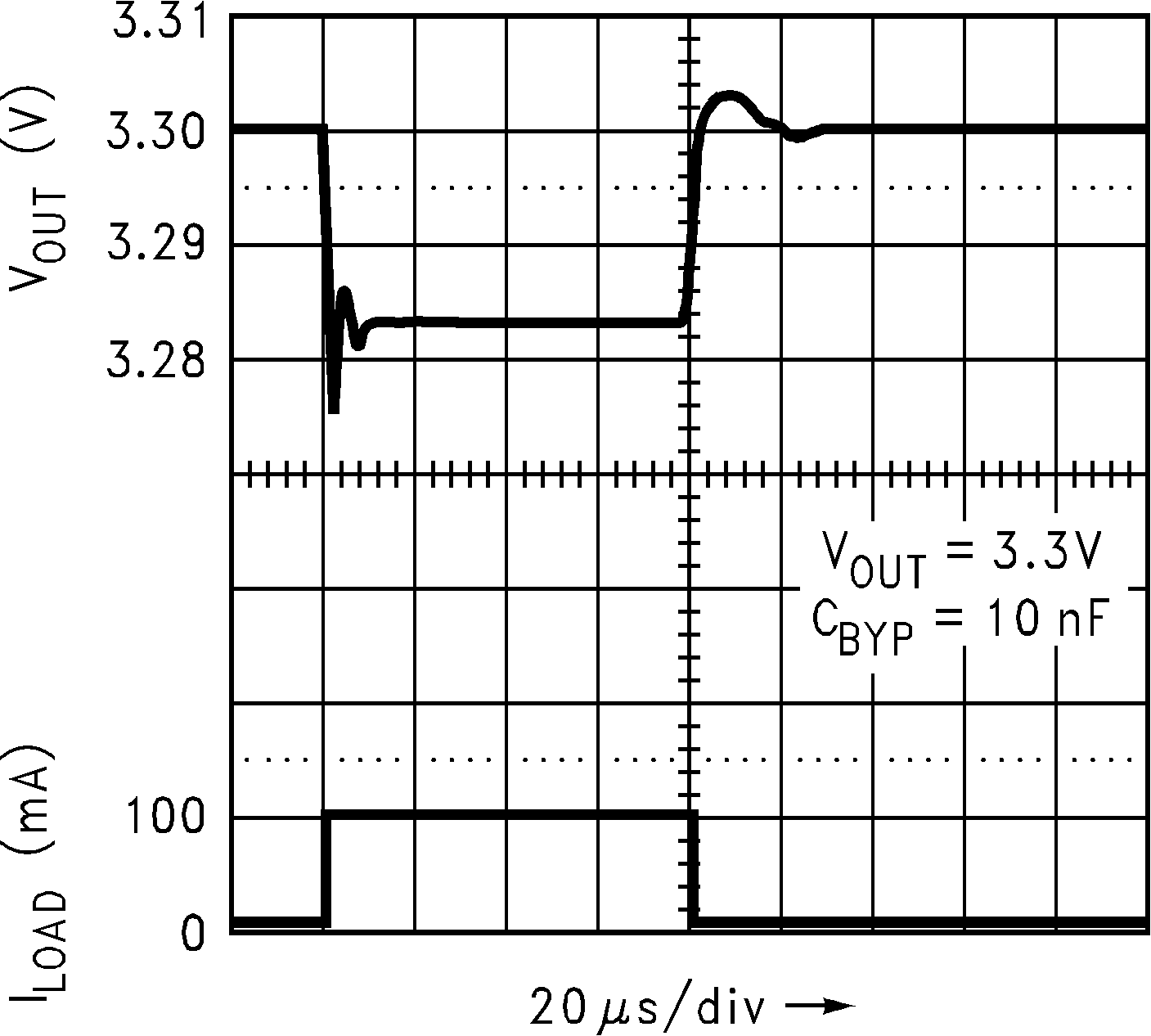 Figure 8-7 Load
Transient Response for Legacy Chip
Figure 8-7 Load
Transient Response for Legacy Chip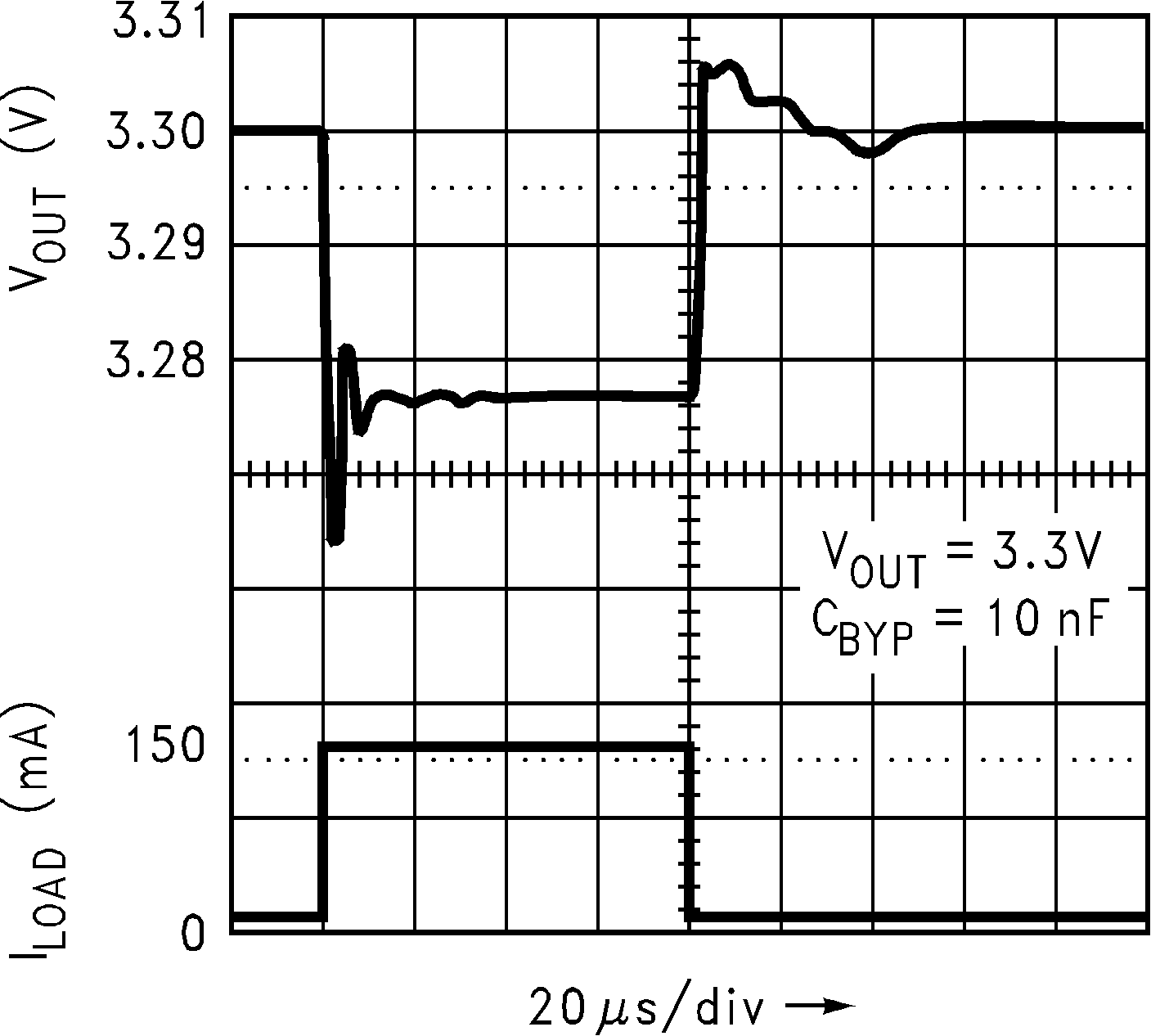 Figure 8-9 Load
Transient Response for Legacy Chip
Figure 8-9 Load
Transient Response for Legacy Chip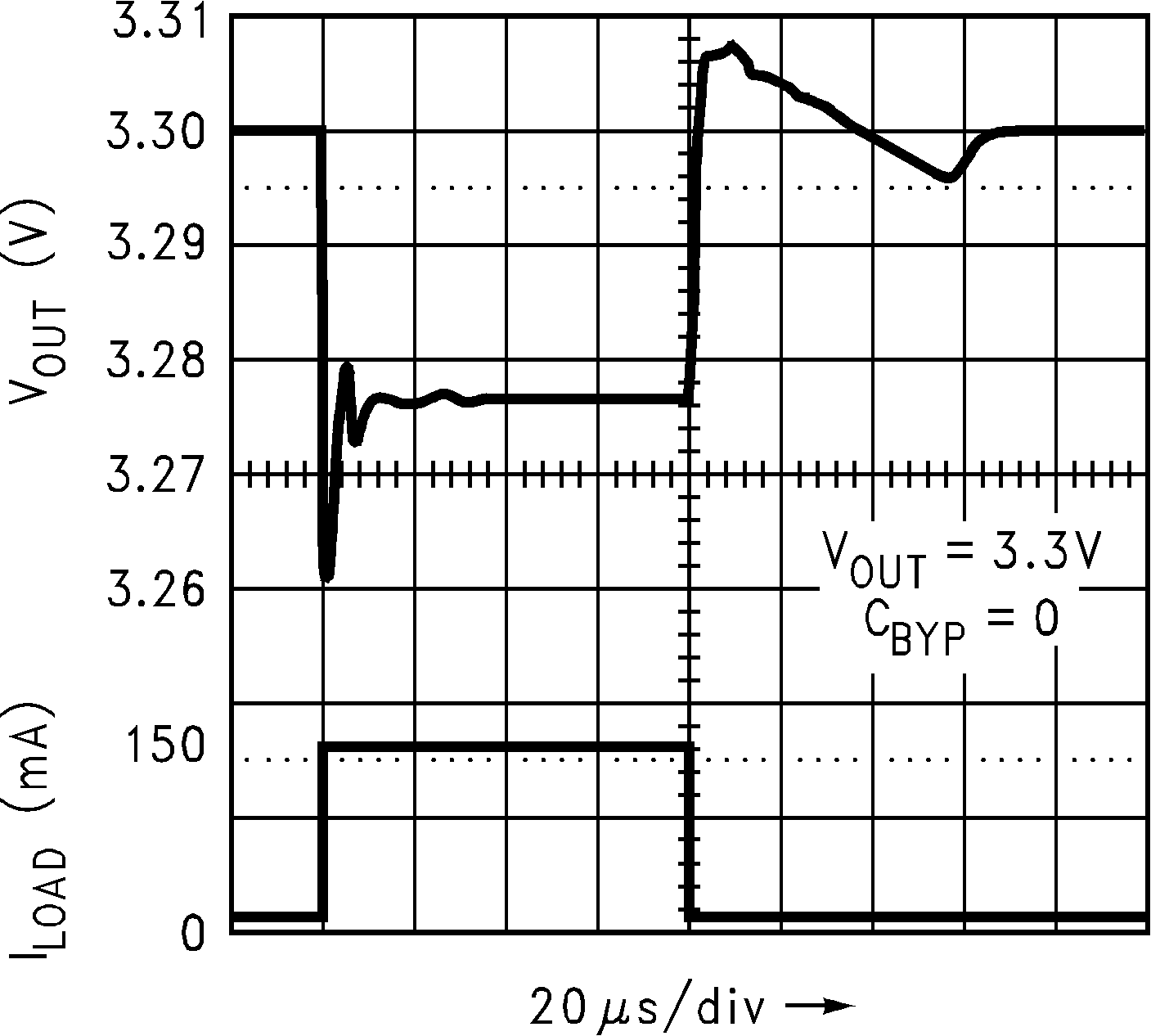 Figure 8-11 Load
Transient Response for Legacy Chip
Figure 8-11 Load
Transient Response for Legacy Chip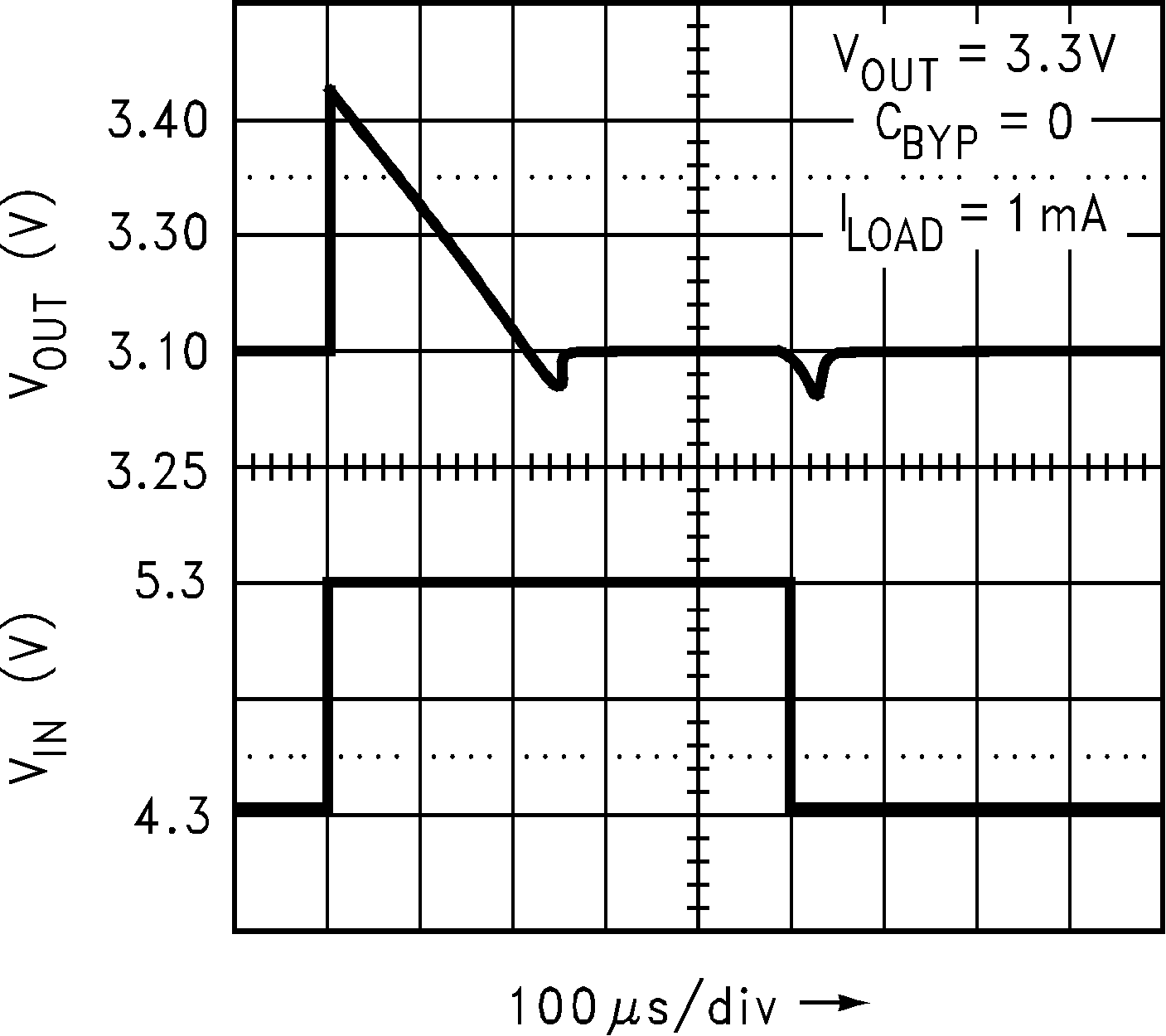 Figure 8-13 Line
Transient Response for Legacy Chip
Figure 8-13 Line
Transient Response for Legacy Chip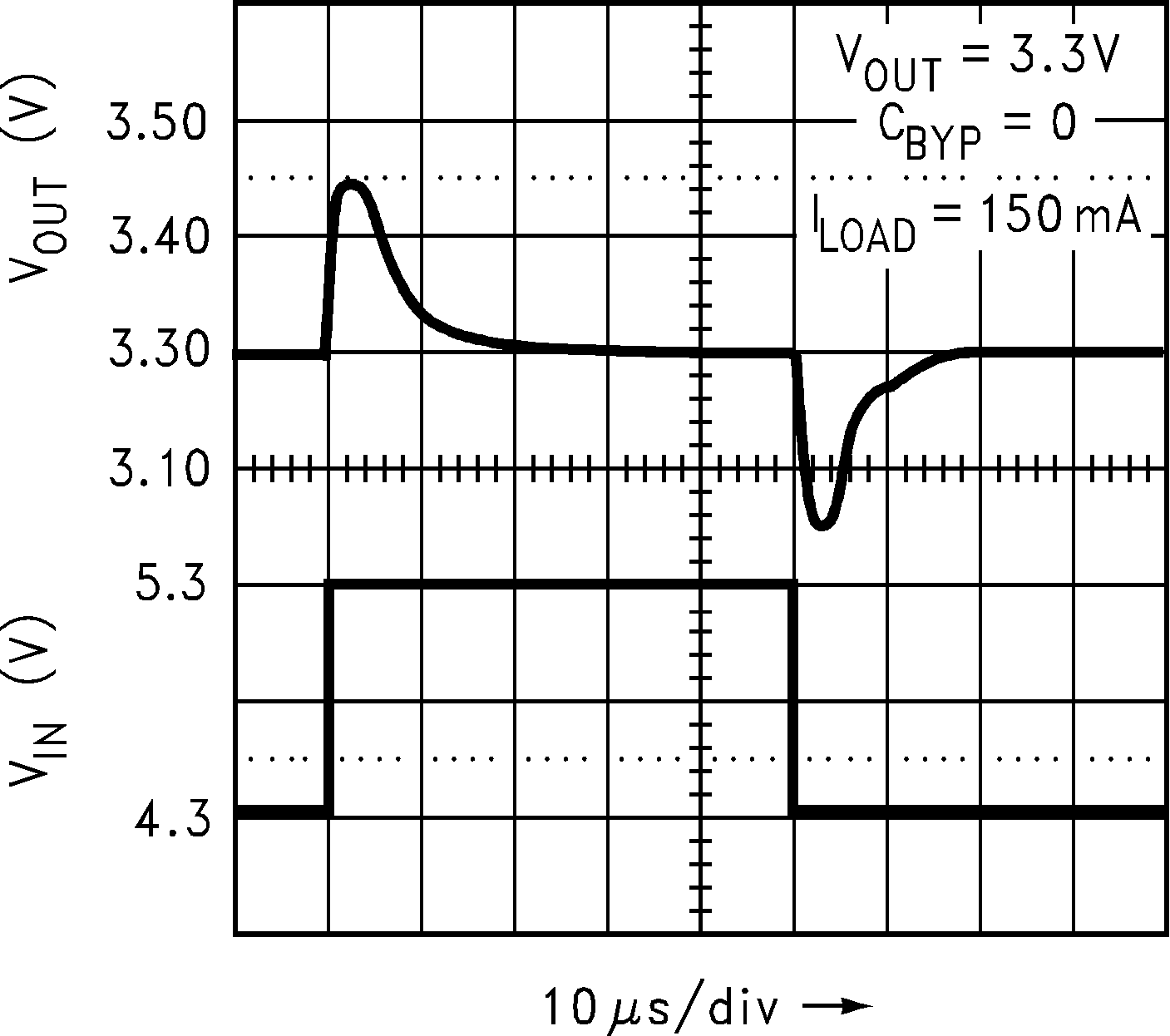 Figure 8-15 Line
Transient Response for Legacy Chip
Figure 8-15 Line
Transient Response for Legacy Chip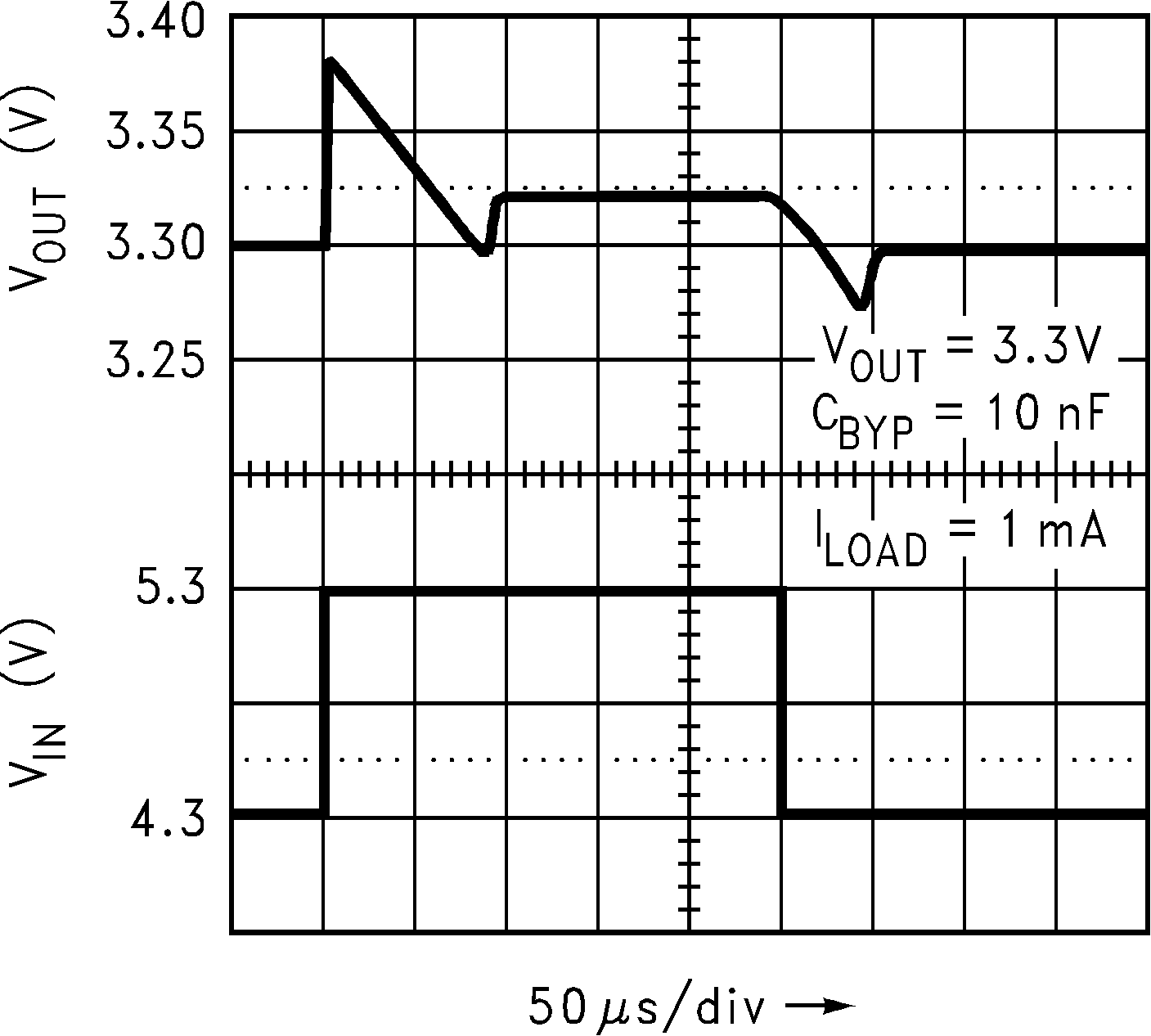 Figure 8-17 Line
Transient Response for Legacy Chip
Figure 8-17 Line
Transient Response for Legacy Chip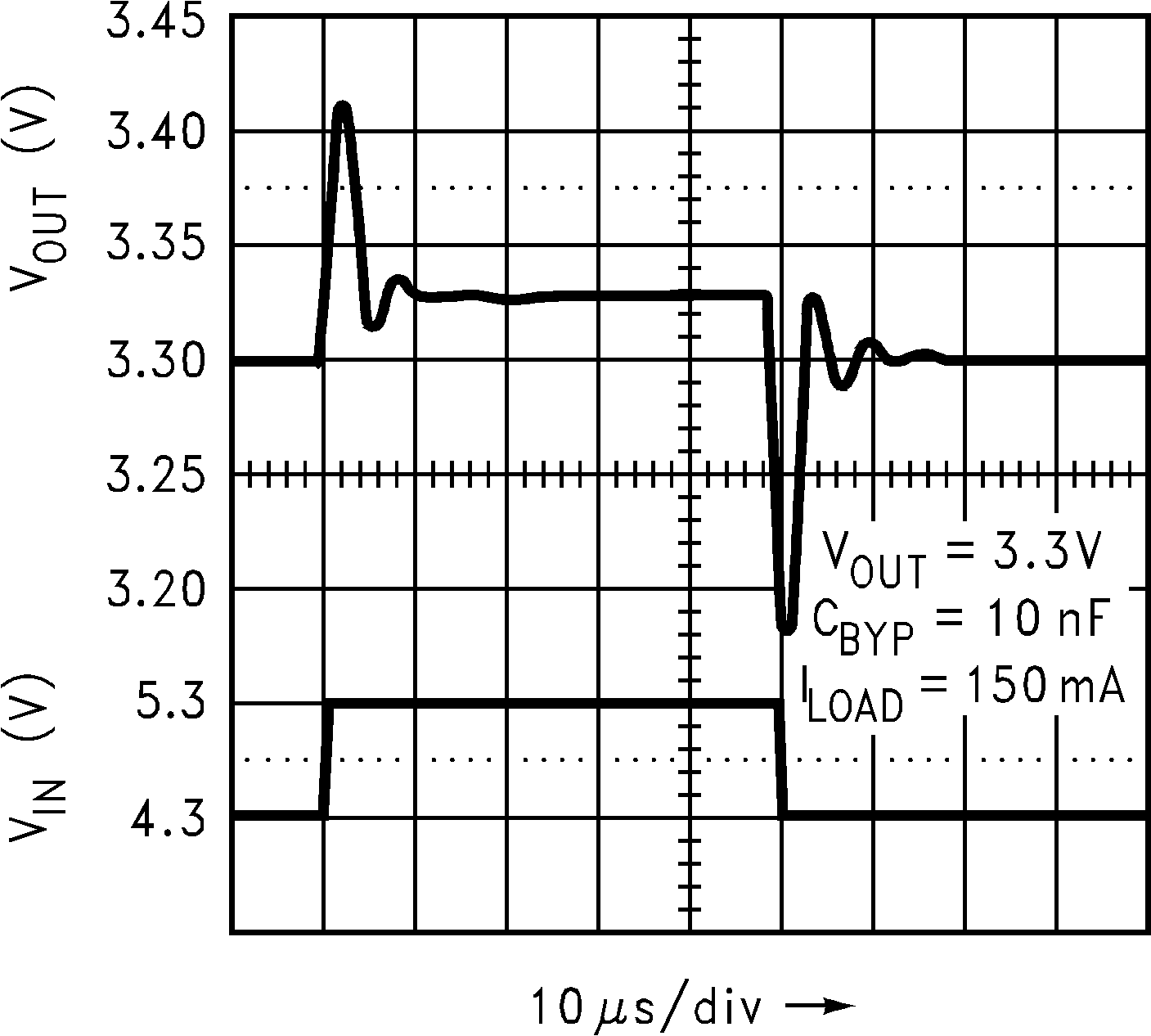 Figure 8-19 Line
Transient Response for Legacy Chip
Figure 8-19 Line
Transient Response for Legacy Chip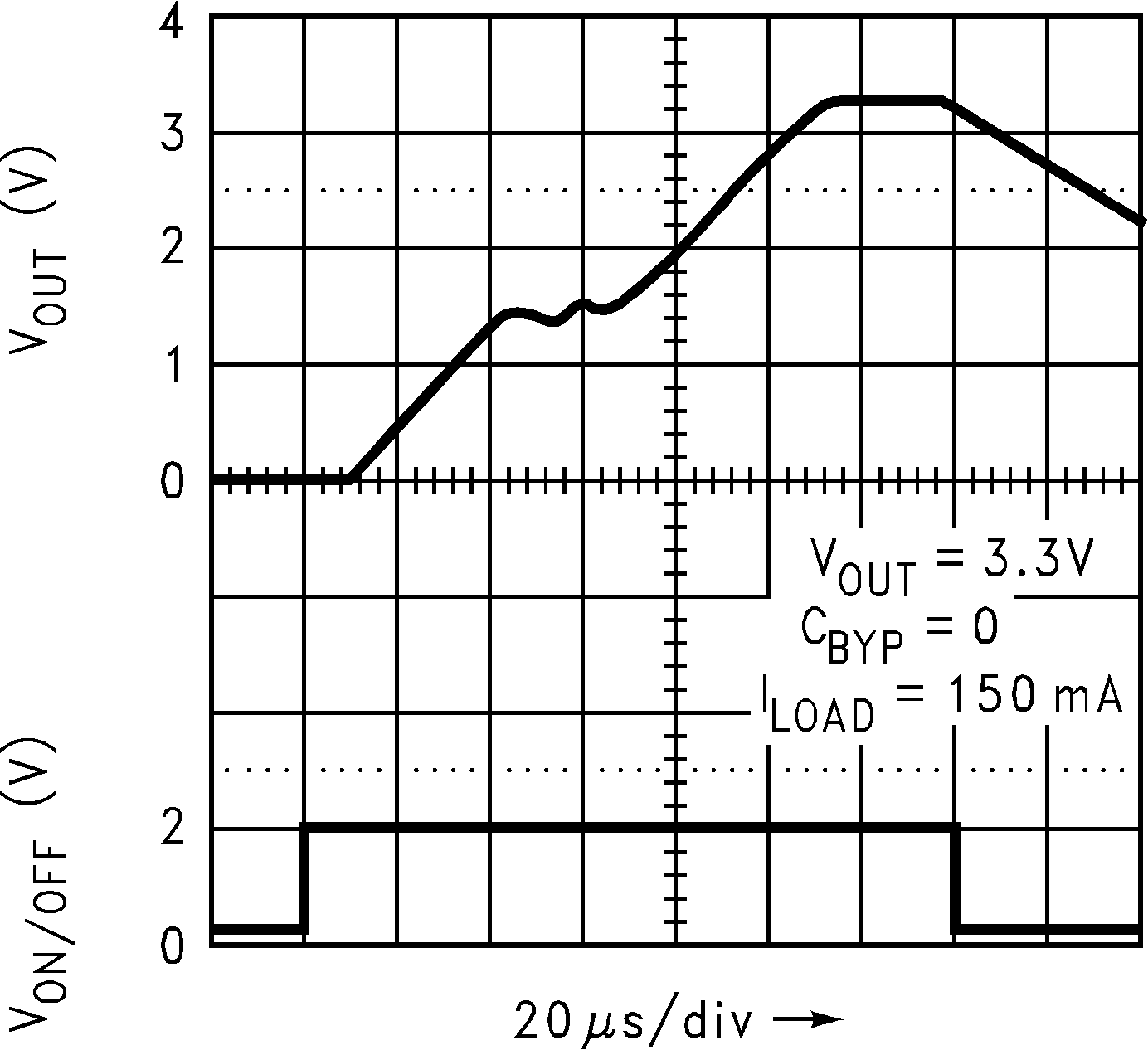 Figure 8-21 Turn-On Time for Legacy Chip
Figure 8-21 Turn-On Time for Legacy Chip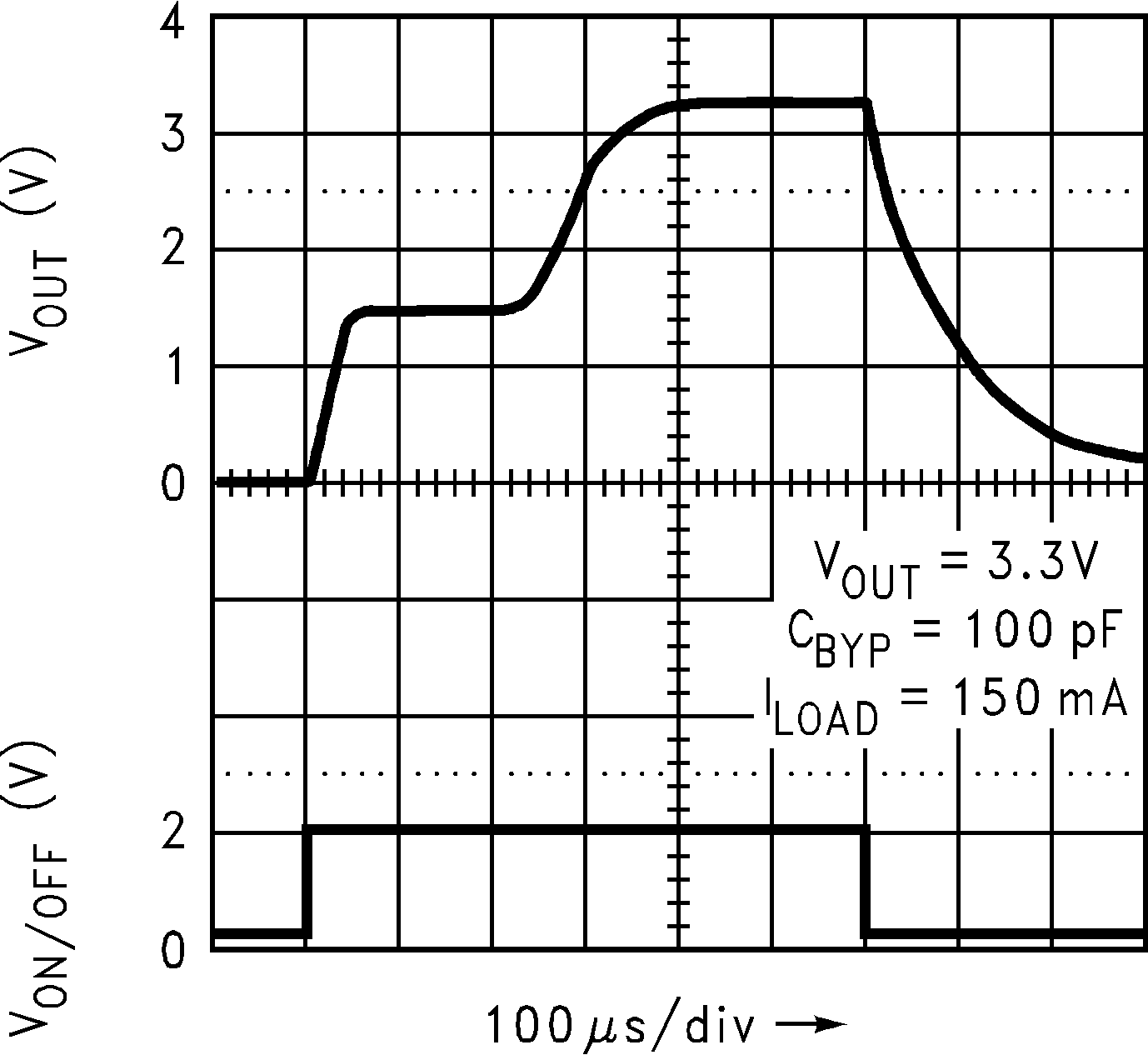 Figure 8-23 Turn-On Time for Legacy Chip
Figure 8-23 Turn-On Time for Legacy Chip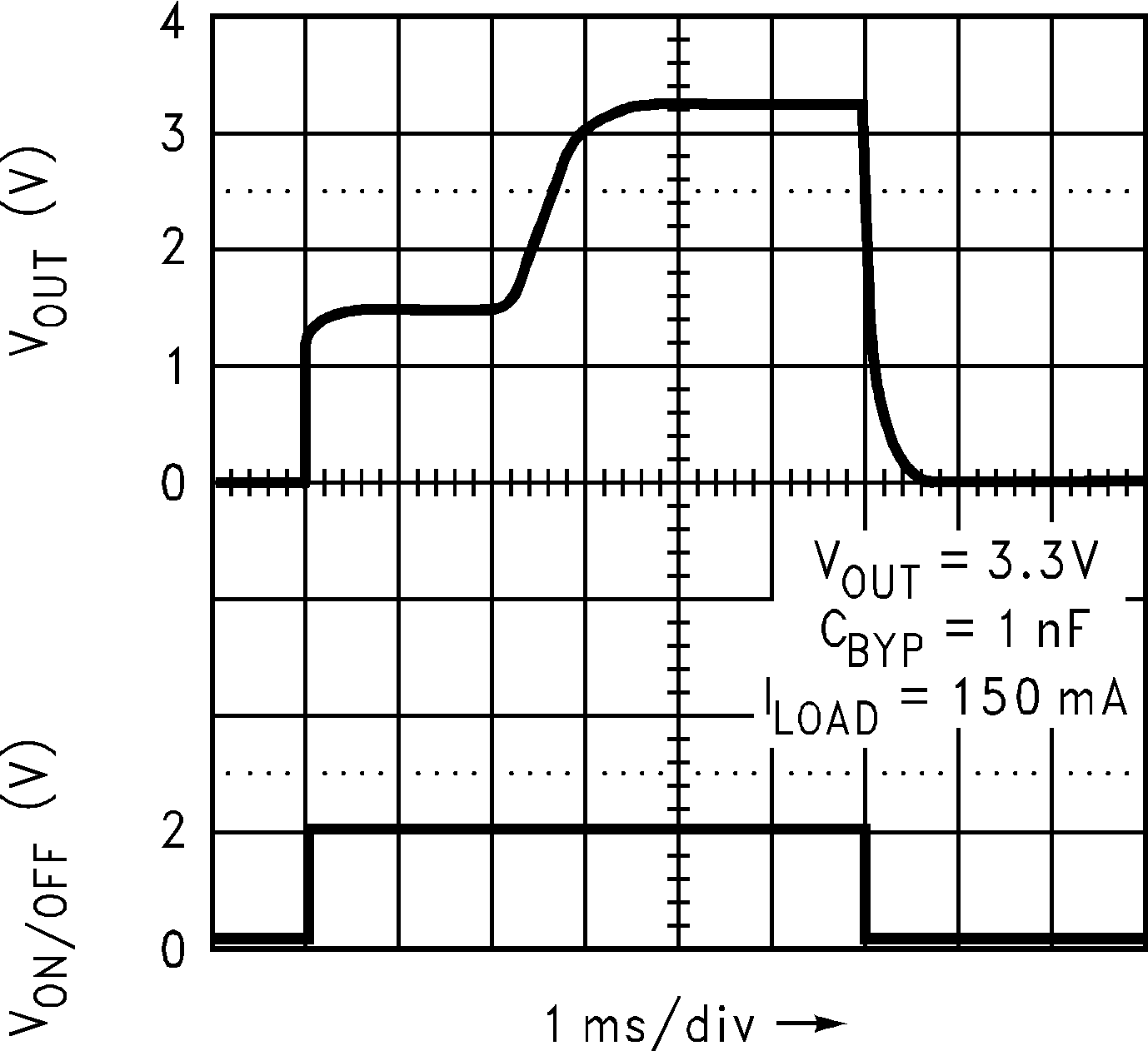 Figure 8-25 Turn-On Time for Legacy Chip
Figure 8-25 Turn-On Time for Legacy Chip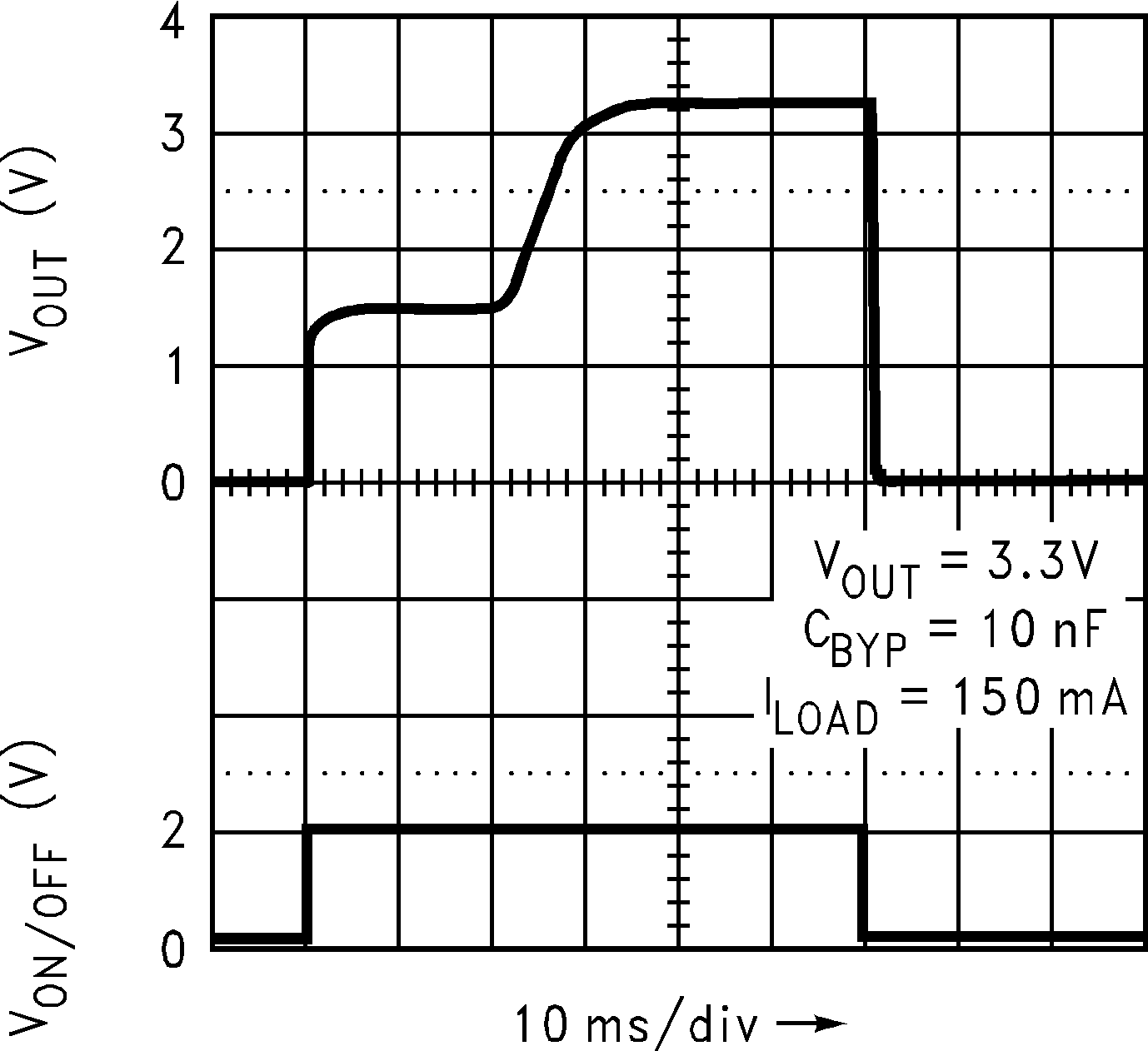 Figure 8-27 Turn-On Time for Legacy Chip
Figure 8-27 Turn-On Time for Legacy Chip Figure 8-4 Short-Circuit Current for
New Chip at VIN = 6 V
Figure 8-4 Short-Circuit Current for
New Chip at VIN = 6 V Figure 8-6 Short-Circuit Current for
New Chip at VIN = 16 V
Figure 8-6 Short-Circuit Current for
New Chip at VIN = 16 V Figure 8-8 Load Transient Response
for New Chip
Figure 8-8 Load Transient Response
for New Chip Figure 8-10 Load Transient for New
Chip
Figure 8-10 Load Transient for New
Chip Figure 8-12 Load Transient Response
for New Chip
Figure 8-12 Load Transient Response
for New Chip
VOUT = 3.3 V, CBYP = 0 nF,
ΔVIN = 1 V, IOUT = 1 mA,
dV/dt = 1 V/μF |
Figure 8-14 Line Transient Response
for New Chip
VOUT = 3.3 V, CBYP = 0 nF,
ΔVIN = 1 V, IOUT = 150 mA,
dV/dt = 1 V/μF |
Figure 8-16 Line Transient Response
for New Chip
VOUT = 3.3 V, CBYP = 10 nF,
ΔVIN = 1 V, IOUT = 1 mA,
dV/dt = 1 V/μF |
Figure 8-18 Line Transient Response
for New Chip
VOUT = 3.3 V, CBYP = 10 nF,
ΔVIN = 1 V, IOUT = 150 mA,
dV/dt = 1 V/μF |
Figure 8-20 Line Transient Response
for New Chip Figure 8-22 Turn-On Time for New
Chip
Figure 8-22 Turn-On Time for New
Chip Figure 8-24 Turn-On Time for New
Chip
Figure 8-24 Turn-On Time for New
Chip Figure 8-26 Turn-On Time for New
Chip
Figure 8-26 Turn-On Time for New
Chip Figure 8-28 Turn-On Time for New
Chip
Figure 8-28 Turn-On Time for New
Chip 
























